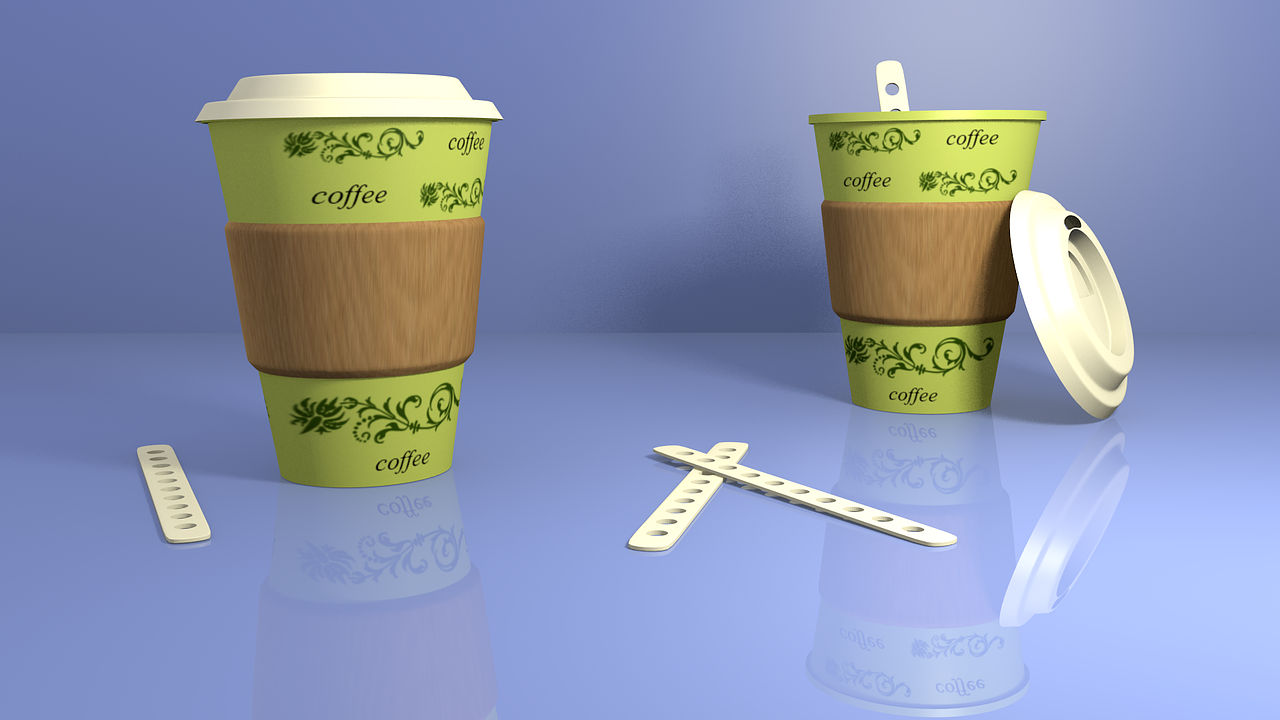Did you know that it takes 30-80 years for a plastic cup to decompose? Studies show that it takes many years to destroy plastic permanently. It is evident that plastic has its cons but also helps us meet our needs.
Pros and Cons of a Plastic Cup
Did you know that it takes 30-80 years for a plastic cup to decompose? Studies show that it takes many years to destroy plastic permanently. It is evident that plastic has its cons but also helps us meet our needs. Plastic is commonly used in making shopping bags, utensils, etc. They are substitutes for natural resources, a factor that makes them valuable.
Pros of Using Plastic Cups
Today plastic cups are commonly used in coffee shops, households, offices, and business enterprises. It’s because of the following advantages.
Cups are the most used items in the world. Today, plastic cups have replaced the metallic ones because they are flexible; they are light and are carried in bulks with ease. They are most preferred in manufacturing businesses because they are in high demand.
Plastic cups have no additional maintenance. They are long-lasting and have no tendencies of breakage compared to porcelain cups. This factor makes it most preferred, especially in making utensils for toddlers.
Plastic cups come in different sizes, designs, and shapes. It is possible to have a plastic cup customary made to fit your needs. Today, they come with top cover for people with hectic schedules and need a snack. For occasions like picnics, birthday parties, and hikes, plastic cups are perfect. It is because they are flexible and very affordable.
Toddlers use plastic cups because they are safe. In science, plastic is a poor conductor of heat. Therefore, when taking a hot beverage, the cup cannot burn a person from outside. Unlike glass and porcelain materials, plastic does not break and therefore, cannot harm a young one in case of an accident.
Business enterprises have specialized in making the plastic design. Therefore, possible to have your plastic cup designed into your preference. They can be engraved pictures and writings.
During the production process, plastic is heated at very high temperatures to make it pure and user-friendly. The fire sterilizes it. Pure plastic is then used to make cups and other plastic materials. The pure form makes plastic cups safe to use.
Plastic cups are very affordable. For clarity, there are dinners and other places that offer free packaging for snacks using plastic, a gesture that shows that vinyl is affordable.
Last but not least, a plastic cup can be recycled to make another item. Plastic is melted to make another item which is an advantage to the environment because pollution will be minimal. Research shows that recycling saves twice the energy used to produce a new product.
Cons of using plastic cups
As discussed earlier, plastic is non-degradable material, and it takes a half-century to get destroyed. That factor is a problem in itself. The following are the cons of using plastic cups.
Plastic cannot withstand high temperatures. Therefore, it's easy to disfigure and melt when the temperature is too high or when it gets into contact with fire. Cups made of other materials can stand high temperatures, and some can be put directly to warm the content. Inasmuch as a lot of heat is induced during plastic purification, the item made cannot withstand high heat.
Specialists show that the compound that makes plastic cups and other utensils are harmful to the body. Having made to carry foodstuff, it means that the human is at health risk. Some cancers are linked to plastic compounds. Even though plastic cups are flexible for use, people are encouraged to use transparent plastics which have less harmful compounds.
Plastic, in general, is non-decomposable. This factor makes it is environmental harm because disposed of plastics cannot decay but pollute the environment. Some animals consume them unknowingly, and they end up dead. This factor has made people start campaigns against their use.
Plastic cups are hard to clean. The stains from the foodstuffs stick to the containers, and it becomes hard to take off. They may need a thorough cleaning with warm water. This factor gives it a disadvantage compared to glass and metallic cups, which are easy to wash.
The manufacturing process requires heating and preheating and then sterilizing the material at extreme temperatures. The process emits harmful particles in the atmosphere causing air pollution. It has negatively affected the ozone layer causing global warming.
In conclusion,
the pros overcome the cons of plastic cups usage. Users and manufacturers have responsibilities in ensuring that the products are recycled and reused and the user to regulate how they buy and dispose of them.
Instead of looking at plastic as the leading cause of environmental pollution, it's better to work on how we use them. Education should be offered on regulating the purchases of plastic cups. Manufacturing companies are supposed to consider recycling, reusing and look for other substitutes. Technology should be put into plastic production to make it degradable by maybe mixing with other degradable materials.










*********yosh@gmail.com
Navigate the academic landscape of osh state medical university, home to the esteemed osuimf. Aspiring medical practitioners converge in Osh to absorb the institution's wealth of knowledge and expertise.